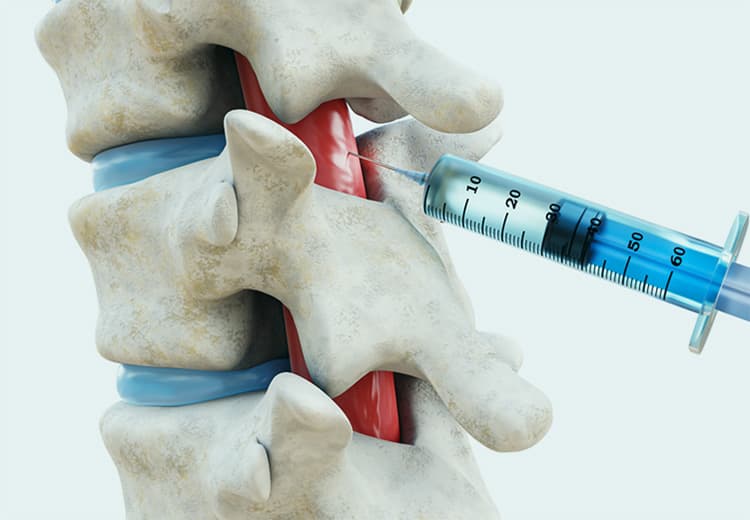Minimally Invasive Lumbar Fusion
Minimally invasive lumbar fusion offers a modern approach to stabilizing the spine for patients with chronic lower back pain caused by instability or degenerative changes. Unlike traditional fusion surgeries, this method uses smaller incisions and less disruption to surrounding tissue, which can result in a smoother recovery and reduced post-operative discomfort. The goal is to restore stability and alignment while alleviating pain that hasn’t responded to conservative care.
This outpatient procedure is typically well-tolerated and is designed to minimize downtime. Many patients experience significant improvements in pain and function, allowing for a return to daily activities with greater confidence and mobility

What is it?
A minimally invasive procedure for lumbar spinal fusion that stabilizes the spine using a special implant between the spinous processes.
How is it performed?
Under fluoroscopic guidance, the Minuteman device is implanted between the spinous processes through a small incision. The procedure typically takes 45-60 minutes.
Treatment Benefits
Patients who undergo minimally invasive lumbar fusion often benefit from reduced pain, improved spinal stability, and a faster return to normal activity compared to open surgical approaches. The minimally invasive technique reduces trauma to muscles and soft tissue, which lowers the risk of complications and accelerates the healing process. It’s a durable solution for long-term relief from structural spine issues.
Who Can Benefit From This Treatment
This procedure is often recommended for patients with chronic back pain due to spinal instability, degenerative disc disease, or mild spinal deformities. It may also be appropriate for individuals who have not achieved relief through physical therapy, medications, or other nonsurgical treatments. A thorough consultation and imaging review help determine if this approach aligns with your specific diagnosis and treatment goals.
Learn more about Minimally Invasive Lumbar Fusion by contacting the Minimally Invasive Spine and Pain Institute—our team is here to help you explore your options.
Aftercare for Minimally Invasive Lumbar Fusion
After minimally invasive lumbar fusion, patients are typically able to return home the same day or after a short observation period. Some soreness or fatigue is expected, especially around the incision site, but most patients recover more quickly than with traditional open surgery. It’s important to follow your provider’s instructions closely to protect the surgical site, encourage proper spinal fusion, and avoid unnecessary strain during the healing process.
Tips for a Smooth Recovery
Follow these guidelines to support healing after minimally invasive lumbar fusion:
Limit bending, twisting, and lifting for the first few weeks
Keep the incision site clean and dry to prevent infection
Gradually increase walking and gentle movement as tolerated
Take medications as prescribed to manage pain or inflammation
Watch for signs of complications such as increased pain, swelling, or drainage

